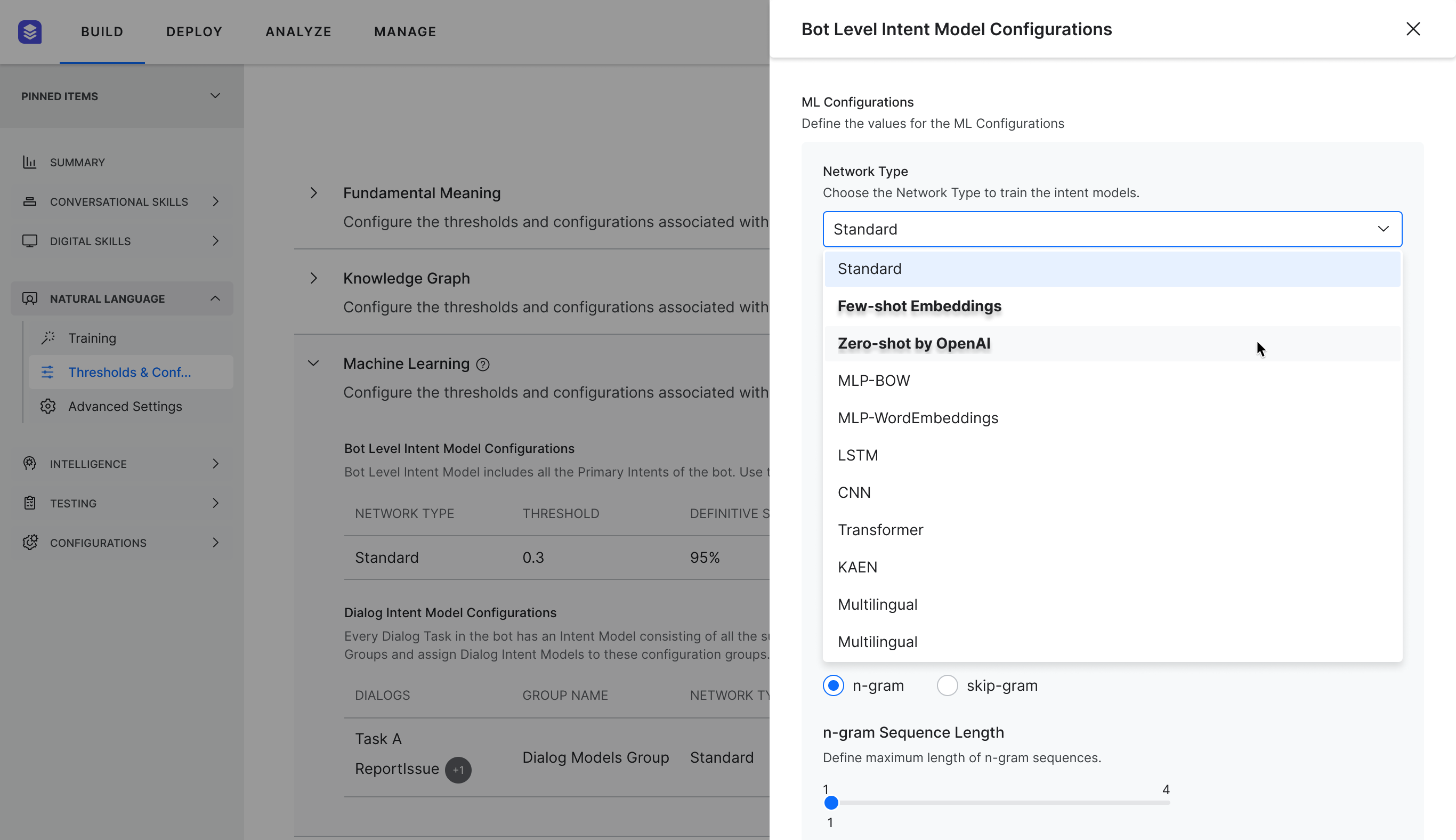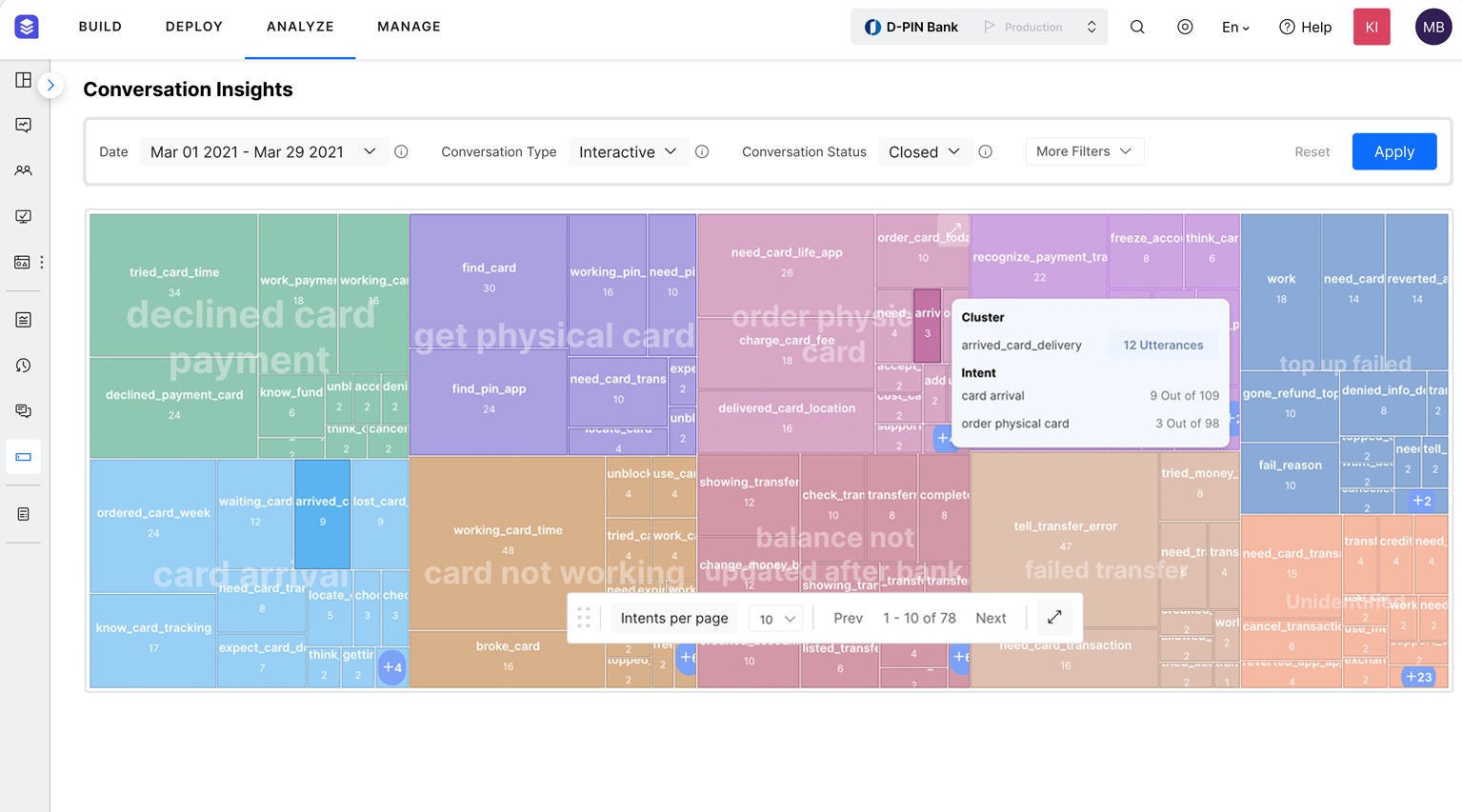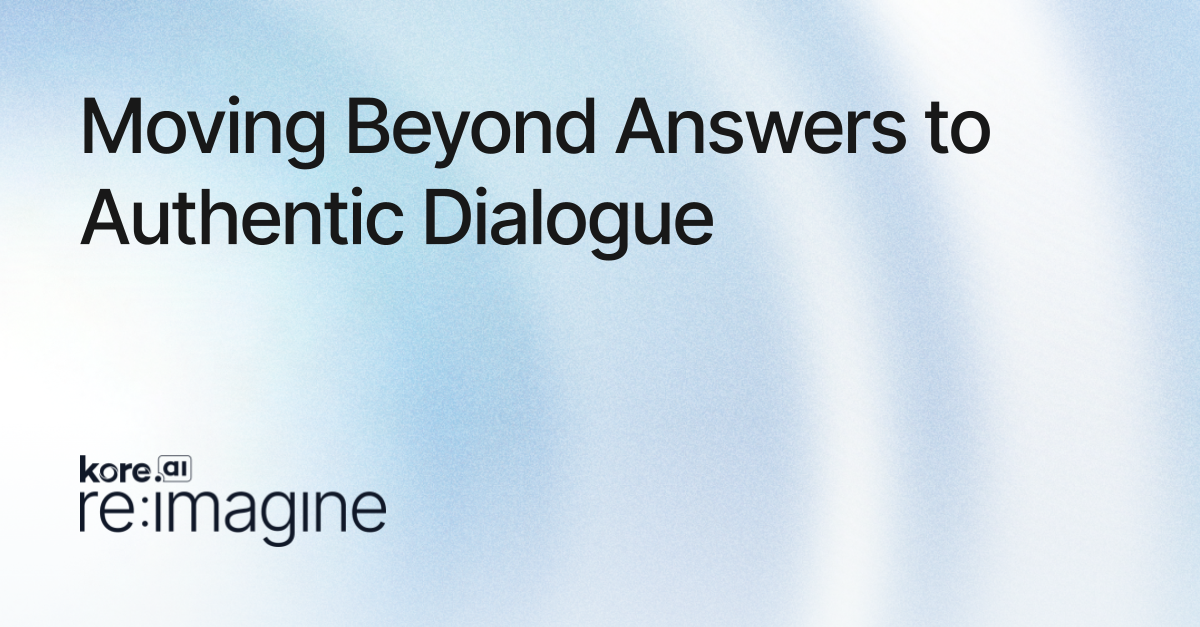The emergence of generative language models has propelled conversational AI to new heights, revolutionizing the way we engage with artificial intelligence. These models, driven by sophisticated machine learning techniques, have ushered in a paradigm shift in conversational AI projects.
In this blog post, we will delve into six compelling reasons that highlight the transformative impact of generative language models on conversational AI. We will explore how these models enable more natural and human-like conversations, enhance the understanding of user intent, empower personalized responses, facilitate multimodal interactions, improve context awareness, and enable continuous learning and improvement.
Each of these reasons showcases the game-changing nature of generative language models and their ability to elevate the conversational AI experience to unprecedented levels. By understanding the unique advantages and capabilities offered by these models, businesses can harness their potential and unlock a new realm of conversational possibilities.
Natural Language Understanding (NLU) Advancements:
Traditional NLU models ask for a large training corpus for each intent. It has always been a challenge for NLP analysts to train these models and achieve higher accuracy.On the other hand, generative language models train natural language understanding (NLU) on vast amounts of data and provide a deep understanding of various human nuances, including context, sentiment, and intent. This comprehensive understanding enables the NLU to comprehend user requests and provide accurate and personalized responses efficiently. Moreover, the models excel at handling ambiguity and digression, further bolstering their NLU performance. These advancements offer significant improvements to the effectiveness of conversational AI projects.
The two innovative models introduced by Kore.ai leverage generative language models and minimize enterprise training efforts significantly. The models are Zero-Shot Training and Few-Shot Training. They leverage large language models and generative AI capabilities to train and enhance intent recognition. As a result, enterprises can develop virtual assistants much faster, up to 10 times quicker than traditional methods. It enables enterprises to achieve faster time-to-market.

Read Blog: The Future of Virtual Assistant Development: The Rise of Zero-Shot and Few-Shot Learning Models
Suggestions and Recommendations with Smart Co-pilot:
Developing intelligent virtual assistants involves navigating complex conversational flows, language understanding, and extensive testing, which often demands significant time and effort. However, enterprises increasingly seek rapid prototyping and iteration to meet their evolving needs.
Generative language models, when effectively employed, can optimize the development process by providing developers with recommendations, suggestions, automation, and valuable insights. They streamline and enhance the overall workflow, enabling more efficient and productive development.
What sets generative language models apart is their ability to continuously learn from vast amounts of data and user interactions. This allows them to adapt and improve their suggestions over time, ensuring developers have access to the latest advancements and refined capabilities.
To facilitate these benefits, the Kore.ai XO Platform seamlessly integrates with OpenAI, providing users with use case suggestions, conversation previews, auto-dialog generation, as well as training and test data suggestions. These powerful capabilities are readily available to enhance the virtual assistant development experience for every user.
Read Blog: 5 Ways Smart Co-Pilot Accelerates Your Conversational AI Projects
Improved Language Generation:
Language is a fundamental means of expressing human thoughts and emotions, encompassing various elements such as words, syntax, grammar, context, and semantics. In the realm of good customer support, language plays a critical role, and the delivery style of responses greatly impacts customer satisfaction.
One of the key strengths of generative language models lies in their ability to generate text of exceptional quality. These models have the capacity to produce coherent, grammatically accurate, and contextually relevant responses. Leveraging advanced techniques like conditional generation, controlled generation, and style transfer, conversational AI systems powered by generative language models can tailor their responses to specific user preferences and adapt to different tones or conversation styles.
The virtual assistants developed on the XO Platform leverage the response paraphrasing capability to enhance the pre-trained responses. It enables empathetic personalized answers that truly resonate with customers. Further, it rephrases the responses from support agents, contributing to exceptional customer experiences.
Adaptability and Learning (Continuous learning):
The development of virtual assistants is an ongoing process rather than a one-time job. It requires continuous monitoring of conversations, identifying successful and unsuccessful intents, and providing the necessary training for improvement.
Generative language models play a vital role in this continuous improvement process by constantly monitoring customer conversations and learning from them. They utilize this learning to enhance their performance over time. These models also provide valuable suggestions and recommendations for fine-tuning the virtual assistant's capabilities. Additionally, you can train the models using specific datasets or user feedback to optimize their responses. This adaptability enables conversational AI systems to become more accurate, reliable, and proficient in handling a wide range of user queries and requests.
It is required to have a comprehensive framework for enterprises to facilitate continuous improvement in their virtual assistants. It encompasses multiple testing suites, dashboards providing in-depth analytics and insights, and valuable suggestions and recommendations. The XO Platform continuous improvement framework leverages generative language capabilities to enhance the overall performance of their virtual assistants and ensure they consistently deliver exceptional conversational experiences.

Solution Brief: Kore.ai XO Platform Generative Language Models
Multimodal Capabilities:
The significance of customer experiences cannot be overstated when it comes to the success or failure of a business. Communication methods have evolved significantly, and there are fascinating advancements in the field, such as Elon Musk's Neuralink, which aims to enable the control of computers and machines with the human brain.
Customers nowadays appreciate and enjoy multimodal interactions that go beyond traditional text-based communication. This includes engaging with virtual assistants through various channels like chat, voice, images, emoticons, gestures, and more. Generative language models are at the forefront of facilitating these multimodal conversations, enabling virtual assistants to generate responses that combine text with visual, auditory, or other sensory inputs. This breakthrough opens up exciting possibilities for applications in virtual assistants, chat-based interfaces for augmented reality (AR), virtual reality (VR), metaverse, and beyond.
An excellent example of the transformative impact of multimodal communication is the implementation of Visual IVR by Florida Blue, a major insurance company. This has resulted in a significant transformation in customer satisfaction and agent productivity. It demonstrated the tangible benefits achieved by leveraging advanced multimodal conversational technologies.

Document Cognition:
Traditional search engines are often considered outdated due to their limited user interaction, lack of contextual understanding, and tendency to generate vague search results, which can make it challenging for users to find the specific information they need.
In contrast, generative language models delve into multiple documents on the internet or within an organization's intranet and present concise and summarized answers. These models possess a deep understanding of language and context, allowing them to generate responses tailored to the user's query. The documents can include various file formats such as PDFs, Excel sheets, emails, and Word documents. By analyzing and summarizing information from multiple sources, the capability provides users with concise and comprehensive answers, streamlining the process of accessing the required information effectively.
The Knowledge AI capability within the XO Platform harnesses the power of generative language models to accurately comprehend user requests and retrieve relevant information from various enterprise databases.
In conclusion, generative language models have revolutionized the field of conversational AI, propelling it to new heights of sophistication and effectiveness. These advanced machine learning models have introduced a host of game-changing capabilities that enhance the conversational experience in numerous ways.
The future of conversational AI is closely connected to the capabilities of generative language models. Embracing these advancements is essential for creating a smarter, more interactive, and more engaging conversational experience. If you're interested in enhancing your enterprise conversational AI projects and exploring new use cases through the utilization of generative language models, feel free to reach us. We're here to assist you.
Explore Kore.ai Generative Language Model Capabilities




-1.jpg)
-1.jpg)
.jpg)




